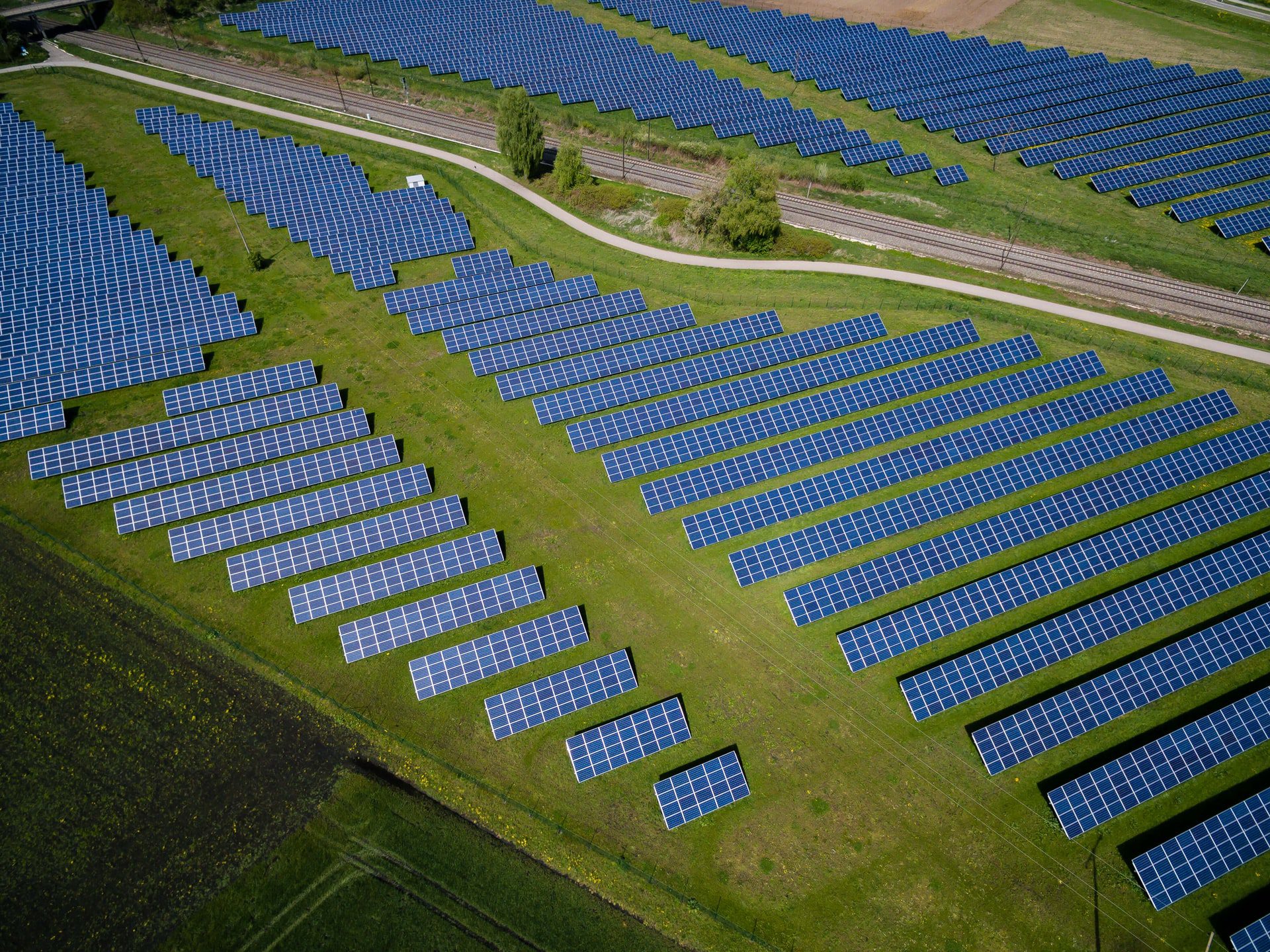
With the hashtags #barralibrenegocionismoverde and #viaExpresMACROrenovablesNO (in English, open bar for green business, and “no” to via express for mega renewables), rural Spain has stated its opposition to new rules proposed by the European Commission that would fast track large-scale energy projects such as parks of solar panels and wind turbines in the block’s member states.
Alta Valduerna—No a Los Macroproyectos Energéticos (Alta Valduerna—no to energy mega-projects) is a grassroots group that is leading the charge against the Commission’s directives. Their primary objection lies in the Commission’s design to turn public participation in planning energy projects into “a mere piece of paperwork devoid of content and meaning,” as it stated in a Facebook post. The group, representing citizens from a collection of rural villages in the Alta Valduerna micro-region in northwest Spain, also said that by using the hashtags they were joining the European opposition to the new directive.
The Commission’s agenda is part of the REPower EU plan to quickly switch Europe from its reliance on Russia natural gas to other sources of energy. Increasing solar power within the European energy mix is a pillar of the plan, which aims “to double solar photovoltaic capacity by 2025 and install 600GW by 2030,” though it also includes wind and hydrogen.
To meet its goal, the Commission had proposed a directive for a speedier method for planning and approving energy projects. Instead of examining and approving projects one-by-one through individual environmental impact assessments as is currently the case, the regulation would mandate that “dedicated ‘go-to’ areas for renewables should be put in place by Member States with shortened and simplified permitting processes in areas with lower environmental risks.” The Commission has made a data mapping tool available to countries to help them plan which areas to dedicate to solar and wind energy procurement. Biomass projects, though, are excluded from this fast-tracking plan.
Projects proposed in these areas would be assumed to have a low environmental impact and require only “a fast screening” for possible extraordinary environmental impact. After the overview, the project should be considered approved. The regulation would require that projects in “go-to areas” be approved within a year.
It would also enshrine in EU regulation solar and wind energy projects as worthy of “overriding public interest” status.
But being overridden is exactly what rural communities, usually the targets for ‘renewable’ energy-project installation, fear.
“In recent years our territory has seen a veritable flood of wind and photovoltaic industrial estates in the best-preserved areas, usually in the ridges of mountain ranges and in the most threatened steppes,” the group lamented on Facebook. “These are large-scale projects, with dozens of giant wind turbines or thousands of photovoltaic panels for hundreds of hectares, and kilometres of evacuation lines that will transform the environment.”
Even before the EU’s push away from fossil fuels, Spain had entered a wind and solar power boom thanks to the Plan Nacional Integral de Energía y Clima (national integral climate and energy plan) approved in 2019, which aimed to switch Spain totally to alternative energy—particularly wind, solar, and hydrogen—by 2050. In 2022, what will be one of Europe’s largest solar parks was approved in Extremadura, in southern Spain. With the Francisco Pizarro solar park, solar panels will take up 1,078 hectares of land and electricity evacuation infrastructure will span over some half dozen small towns to generate electricity for 375,000 people a year. This is on top of the Nuñez de Balboa solar park completed in December 2019 that spans approximately 1,000 hectares and was the biggest in Europe at its completion, providing electricity to 250,000 people a year according to Iberdrola, the multi-national company responsible for both projects.
Thus far, southern Spain has been targeted for large scale solar parks and northern Spain for wind energy, though more diverse projects are appearing as the boom continues.
While some communities welcome these projects, others are deeply opposed.
